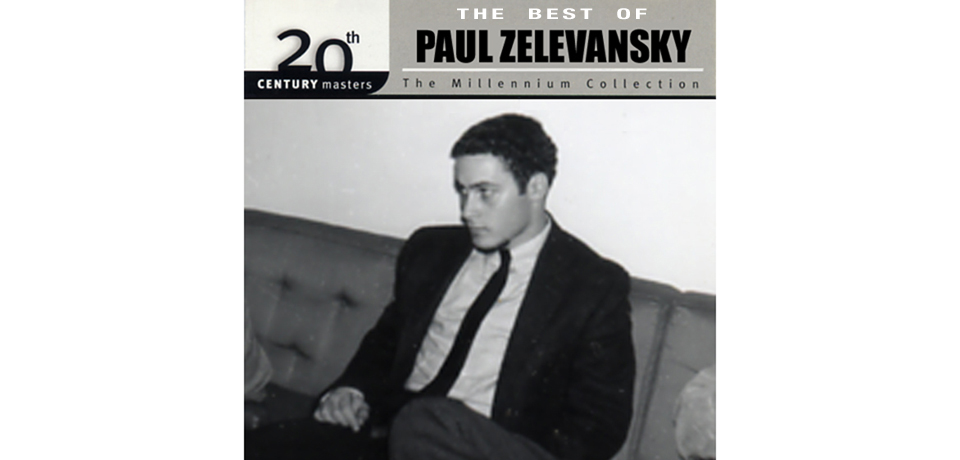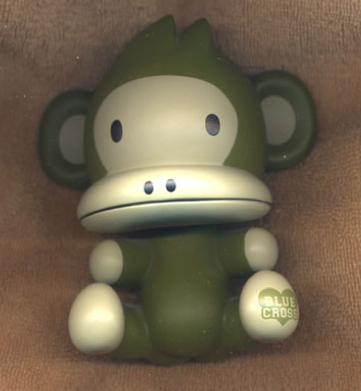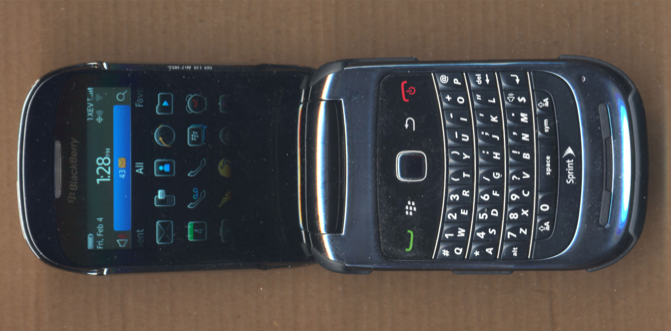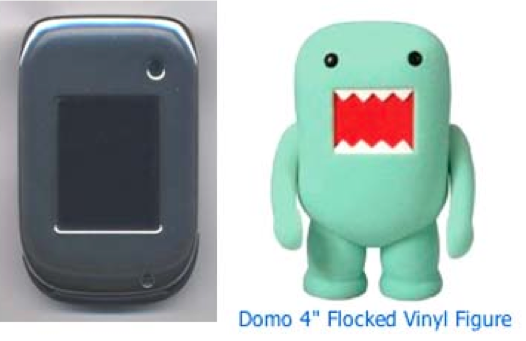The thing about playing is always the precariousness of the interplay of personal psychic reality and the experience of control of actual objects. This is the precariousness of magic itself, magic that arises in intimacy, in a relationship that is being found to be reliable.
(D.W. Winnicott, Playing and Reality)
I have a small collection of contemporary Japanese toys largely purchased when I lived in Los Angeles. Stores like Giant Robot and Munkey King were best for plastic toys (called vinyl), stuffed figures like the Ugli dolls, t-shirts, key chains, and games. The products ranged from small sets of related characters, for example the block-headed “To-fu Heads” series, to more unique and limited edition figures of animals, monsters, robots, demonic and/or cute children, and hybrids like the “Smorkin Labbits,” who are rabbits that seem either stoned or dead. Inexpensive lines like the Tofu Heads are boxed so that you do not know which character in a set you are buying, but even with the more expensive limited edition collectibles, there is an emphasis on the caché of the set, producing company, and artist/designer.
The figures I’ve collected are all animals or hybrid creatures made of plastic. Some have moveable or wind-up elements, but their scale and affect as characters make them compatible with each other and with some of my other toys from an earlier time, like soft rubber versions of Little Lulu, or the Jolly Green Giant. Lined up on a bookshelf, laser printer, or on the top of the air-conditioner in my office, they stand together and look out at the room, a motley tribe of benevolent idols that seem self-consciously present in the room like domestic cats that adapt to whatever space or vantage point they inhabit: they know you’re there, but don’t always need you to respond. Many would be described as cute in the Japanese “kawaii” sense of cute–child-like vulnerability alternatively laced with vacancy, fear, or repressed anger. Think of the highly popular character of Hello Kitty, who lacking a mouth, or fingers and toes, has no potential for mobility or speech, but projects innocence and sweetness. She is either the perfect small child or pet, or the perfect victim.
One of my favorite figures is a green plastic monkey produced by the Blue Cross line. It is about 6” high sitting flat on its haunches, with stubby arms protruding from its chest matching the angle of the two feet below. I see the monkey as male because I am male. The head, as with a human toddler, is proportionally much larger than the body, and can be swiveled from side-to-side. The legs and the arms are fixed. There is a sense of solidity and weight to the form, which can be cradled comfortably in your palm. The lidless black oval eyes are set wide apart, in contrast to the two smaller ovals of the nose that hover above the long thin line of the mouth running from one side of the head to the other. Like a horizon line, the mouth graphically locks eyes, nose, and round protruding ears, in place. When you turn the head, the monkey is clearly looking away, but even when facing forward, he does not immediately make eye contact. Yet if you spend time staring at the face, the expression seems to soften and the monkey lets you in. Or maybe he’s just thinking about someone or something else? Either way, the monkey spends each day on my bedside table near the white piggy bank, gooseneck lamp, and the digital alarm clock. It is a fixture in my domestic life that helps to establish a sense of home.
At night, joining the other objects on the table is my Blackberry PDA plugged into its charger. My former cellphone, which I had for several years, expired in stages: when the screen went blank I continued to use it, but then it started making independent decisions when I used the call list so I gave up. Searching for a replacement, I considered various options and ultimately found the Blackberry keyboard easier to use than the iphone touch screen. As someone who has worked with Apple products for many years, I know the Blackberry is not as intuitive in design and interface as the iphone, but still there is an elegant connection between the onscreen icons, trackpad button, and keyboard. A little heavier than the green monkey, the phone is easy to hold in your hand. It has a face of sorts when the top is closed–one eye which intermittently blinks red and a large rectangular mouth–but most fully comes to life when it is flipped open to receive a call or when messages are announced with a loud chime.
In contrast to the green monkey, Hello Kitty et al, the Blackberry seems neither male, female, nor intentionally cute. While it’s screen of brightly colored icons creates anticipation and the tug of the message chime calls you to disciplined action, it does not look you in the eye or need your sympathy. Still, the monkey and the Blackberry are both toys in the sense that they are meant to be played with, and both have a skin or hard shell which signals strength and the ability to protect a vulnerable inside. Like a computer, the Blackberry sometimes goes to sleep, until revived by pressing its track button. Eventually as with my previous phone, it too will die and become useless unless, as promised by the phone salesman, it is recycled and gives up its body parts to support the life of another phone. The monkey, in contrast, is suspended in a state of wary, perpetual alertness.
Ultimately, what I think makes the monkey and Blackberry feel coherent and tangible as things with life and intention emerges in their seeming balance of strength and vulnerability, stability and adaptation. As long as the monkey stoically stands guard, and the phone keeps delivering and sending messages, they will need me to watch and care for them, keeping the magic alive over time.
(PZ, July 2012)





